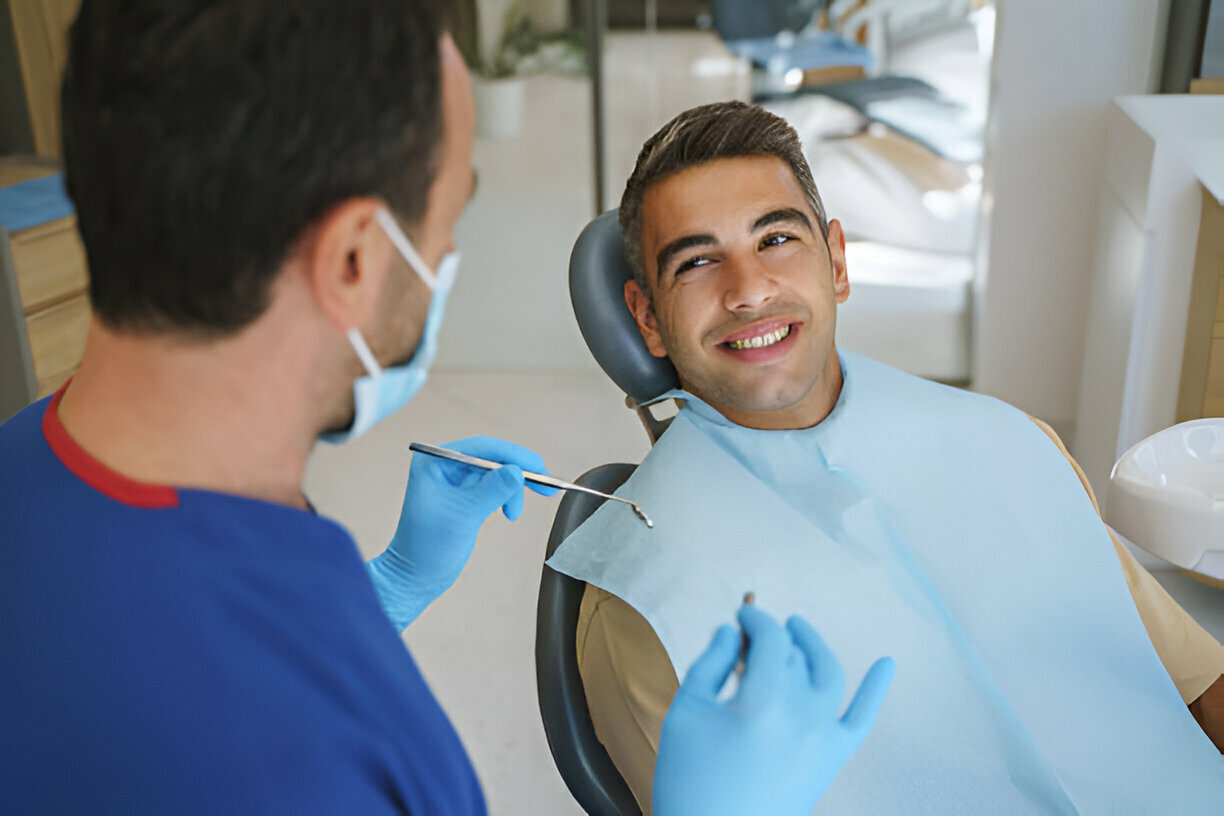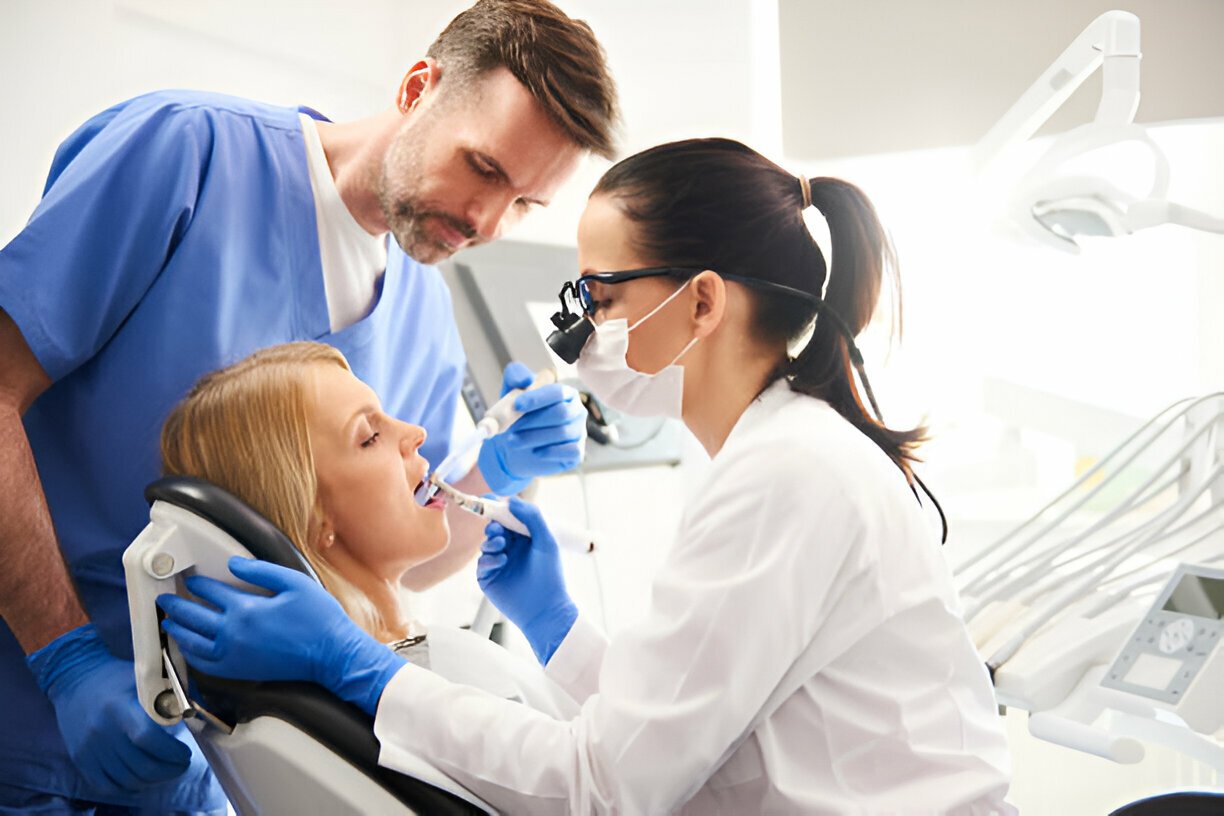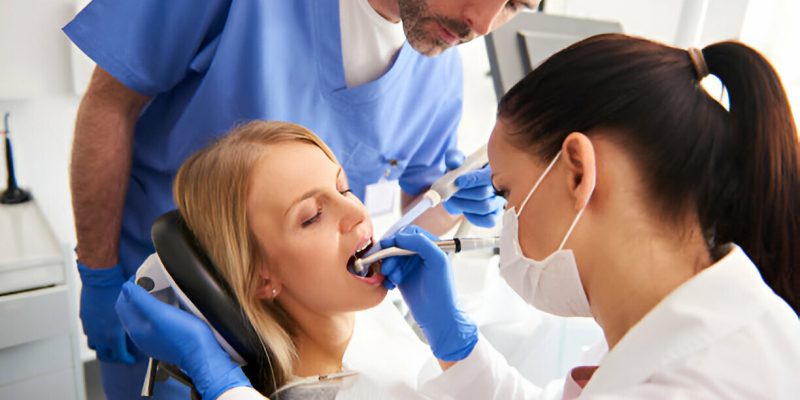Summary:
The root canal treatment comes with a lot of questions and concerns!
Although nearly 15 million people undergo the treatment, not many have the required knowledge about the aftercare steps for a smooth recovery.  Therefore, keeping the same in mind, this blog takes a closer look at:
Therefore, keeping the same in mind, this blog takes a closer look at:
- What To Expect During And After A Root Canal
- 5 Quick Tips for Faster Root Canal Recovery
- How To Prevent Infection After A Root Canal
- How Long Does it Take to Recover from A Root Canal?
- Signs to Watch Post Root Canal
Continue reading as we learn more about the procedure in the following sections.
What To Expect During and After A Root Canal
The prospect of having a root canal treatment can be intimidating! Understanding what to expect can help alleviate your concerns during and after the procedure.
Once you visit their clinic, your endodontist or dentist for a root canal will extract the diseased or damaged pulp from your tooth. Following this, they will clean the root canals before sealing them with a filling. You may feel discomfort during the treatment, but this is generally treated with local anesthetic.  After the procedure, you may experience sensitivity in the treated area for a few days as your body recovers and adapts to the new filling. However, in certain situations, you may need a crown or undergo other restorative oral procedures following a root canal.
After the procedure, you may experience sensitivity in the treated area for a few days as your body recovers and adapts to the new filling. However, in certain situations, you may need a crown or undergo other restorative oral procedures following a root canal.
Lastly, you must follow up on all advised appointments to resolve any outstanding concerns immediately.
Now that you understand the treatment, let’s look at some quick tips to enhance recovery.
5 Quick Tips for Faster Root Canal Recovery
1. Avoid Eating Right Away
Following a root canal treatment, you might have difficulty eating some food items as your gums and teeth may still be swollen. Moreover, some food items have the potential to damage a temporary or permanent crown in a few hours or days following the root canal procedure.
2. Adjust Your Diet During Recovery
In general, avoid crunchy, hard, and spicy meals. Instead, pick cold, soft meals that you like. However, you can later re-introduce yourself to specific food items (eventually) as the sensitivity and discomfort lessen.
Here’s a list of food items that are suitable for healing root canals:
- Frozen yogurt and ice cream
- Applesauce
- Peanut butter
- Soft bread
- Cooked vegetables
- Bananas
- Yogurt
- Mashed potatoes
- Scrambled eggs
- Pudding
- Soup (not too hot!)
When eating, try to avoid biting on the side of your mouth where your root canal was performed, especially if you have a temporary crown placed in your jaw.
3. Elevate Your Head & Use a Cold Compress
Inflammation and swelling are frequent side effects that you could experience after a root canal. Therefore, keep your head up after you’re home and place a cool compress on your cheek for a few minutes. Repeating cold compress might help lessen swelling or any associated discomfort.
What’s more? You can also wrap an ice pack or a tiny bag of ice in a clean cloth or towel to create a homemade cold compress. Remember, you can use a cold compress for up to 20 minutes, interspersed with 20-minute rest intervals.
4. Keep Up with Your Oral Hygiene
Maintaining adequate oral hygiene is a must during your recovery! If your teeth and gums are too uncomfortable to brush and floss, rinse your mouth with warm salt water for a few days to help prevent infections. Once the stiffness has subsided, you can resume regular brushing and flossing. You may (and should) brush and floss while wearing a temporary crown, but remember that particular mouth parts require special attention. Temporary crowns are less durable than permanent crowns, and deterioration might lead to infection.
Once the stiffness has subsided, you can resume regular brushing and flossing. You may (and should) brush and floss while wearing a temporary crown, but remember that particular mouth parts require special attention. Temporary crowns are less durable than permanent crowns, and deterioration might lead to infection.
5. Get Some Rest
Rest is a crucial element when you’re recovering from a root canal therapy. In rare circumstances, your dentist may advise you to avoid intense exercise for several days. Excessive physical exercise during your recovery period may impede your recovery and raise your risk of long-term edema or problems.
How To Prevent Infection After A Root Canal
Preventing infection following a root canal is critical to the treatment’s effectiveness. The first step is to practice proper oral hygiene routines, such as brushing and flossing frequently.
It is also advisable to avoid eating or drinking anything that may aggravate the treated region for at least a few hours following the operation. Furthermore, follow your dentist’s post-treatment recommendations precisely.
This might involve taking antibiotics or using an antibacterial rinse to help avoid infection. Remember, it’s critical not to miss any scheduled follow-up appointments with your dentist so that they can monitor your healing and identify any possible problems early on.
How Long Does it Take to Recover from A Root Canal?
Recovering from a root canal procedure generally takes 1–2 weeks. However, the timeline may vary for different individuals.
You may feel mild to severe discomfort for the first few days, but this should subside over time and usually lasts only a few days. The time of your recovery may also vary depending on whether you visit the dentist for a root canal or if your treatment involves a permanent or temporary crown.
Furthermore, potential difficulties such as an infection may prolong your healing time—but this can be prevented! Following your dentist’s instructions, making healthy choices, and continuing to care for your teeth can all help you recover from a root canal in a healthy and timely manner.
Signs to Watch Post Root Canal
Following your root canal treatment at Navarro Dental Corsicana, TX, it is critical to monitor your recovery closely.
Here are some of the signs and symptoms to watch for:
-
Severe Pain
Mild discomfort is an expected component of the healing process after a root canal, but severe, chronic pain is not. Suppose you have severe pain that does not go away with prescribed or over-the-counter pain relievers. It might mean that the region is not healing correctly or has an underlying problem, such as an undiscovered canal condition or infection.
-
Swelling
A small swelling following a root canal is normal as your body reacts to the surgery. However, if the swelling worsens, extends to other parts of your face or neck, or does not reduce after a few days, it may be a symptom of infection. Excessive swelling may also cause discomfort and make it difficult to open your mouth or swallow.
If you are experiencing any of these symptoms, please call your endodontist immediately. Prompt examination and treatment can successfully address these difficulties, keeping your recovery on track and avoiding future dental issues.
Takeaway
- Your endodontist for a root canal will extract the diseased or damaged pulp from your tooth.
- Following a root canal treatment, you might have difficulty eating some food items as your gums and teeth may still be swollen.
- Potential issues like an infection could also increase your recovery time.
- Preventing infection following a root canal is critical to the treatment’s effectiveness.
- Still doubtful about the road to recovery post root canal? Let our experts at Navarro Dental Center resolve them for you. Visit us today!



